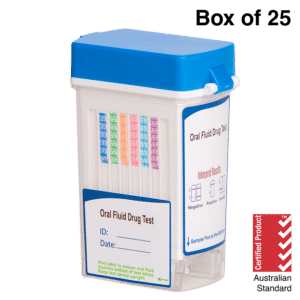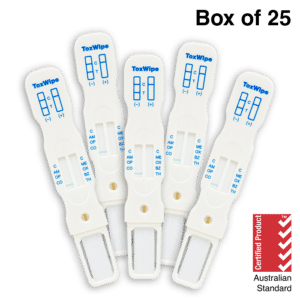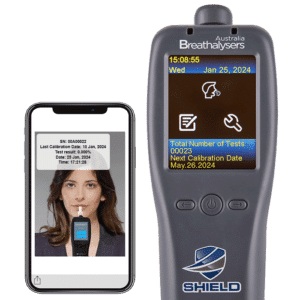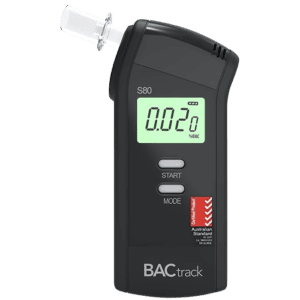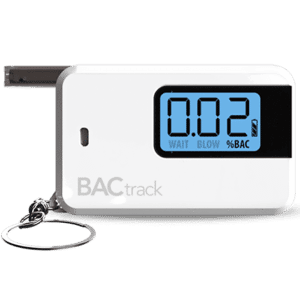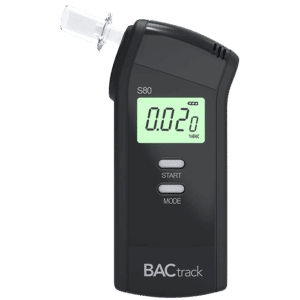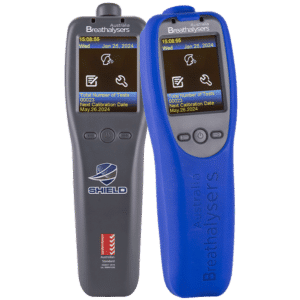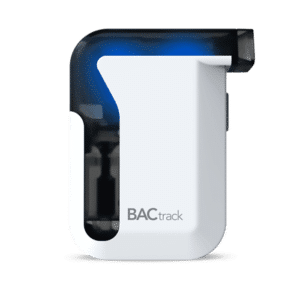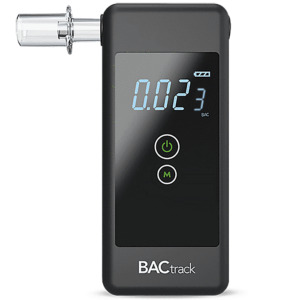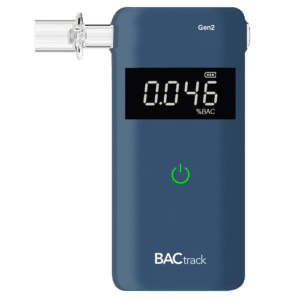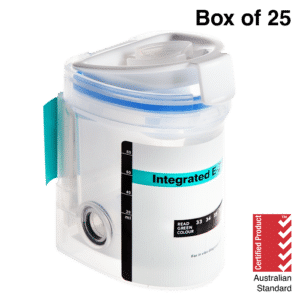How to Pass a Breathalyzer Test
07 July, 2024
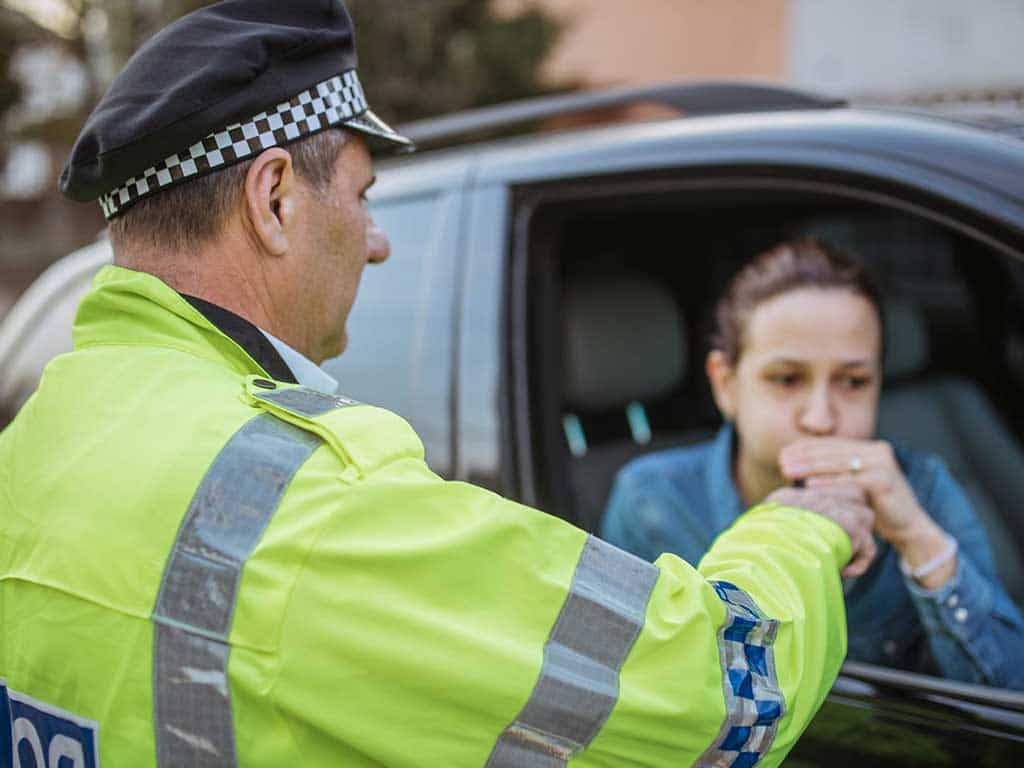
Drink driving is a common safety issue in many countries. It has caused thousands of casualties or fatalities on the road every day. Therefore, drink driving laws has severe consequences. Law enforcement officers conduct alcohol breath tests at checkpoints or randomly to keep the roads safe. During a roadside inspection, police officers use a breathalyzer device to determine impairment objectively. A police breathalyzer is a handheld device that analyses the breath sample to estimate the Blood Alcohol Content (BAC). By blowing to the device, you can know the exact level of impairment. Moreover, if your BAC is over the legal limit, which is 0.05%, you are subject to legal charges and penalties. Thus, many people are asking how to pass a breathalyzer test.
How to Pass a Breathalyzer Test: Understanding the Blood Alcohol Content
A breathalyzer is a sensitive device made up of sensor technology to measure how much alcohol is in the system. It is essential to understand how alcohol affects the body to know how to pass a breathalyzer test. Firstly, when we consume alcohol, it swiftly passes from the stomach to the small intestines and the bloodstream. Next, the bloodstream circulates portions of alcohol to different body parts, where they stay for definite periods. Particularly, alcohol that reaches the lungs transforms into vapour, where they exit the body through exhalation. As a result, you may feel the intoxicating effects within minutes. Breathalysers Australia has effective devices to determine the BAC after consumption.
Consuming alcohol cause the BAC to increase immediately. Different beverages have varying alcohol concentrations or standard drinks. Additionally, several factors influence the BAC, like a person’s age, weight, body type, food and water intake, medications, and metabolism rate. Therefore, two people drinking the same amount or type of alcohol are less likely to have the same BAC level. Thus, knowing how to pass a breathalyzer test depends on your capacity. Furthermore, the BAC increases rapidly the more you consume in a shorter time. A high BAC level causes the following effects:
- Significant impairment of vision and hearing. Vision becomes blurry, and red or bloodshot eyes may manifest.
- Loss of motor coordination and balance. A person has difficulty grasping objects and standing or walking still.
- Alcohol odour in the breath.
- Mental confusion or memory loss.
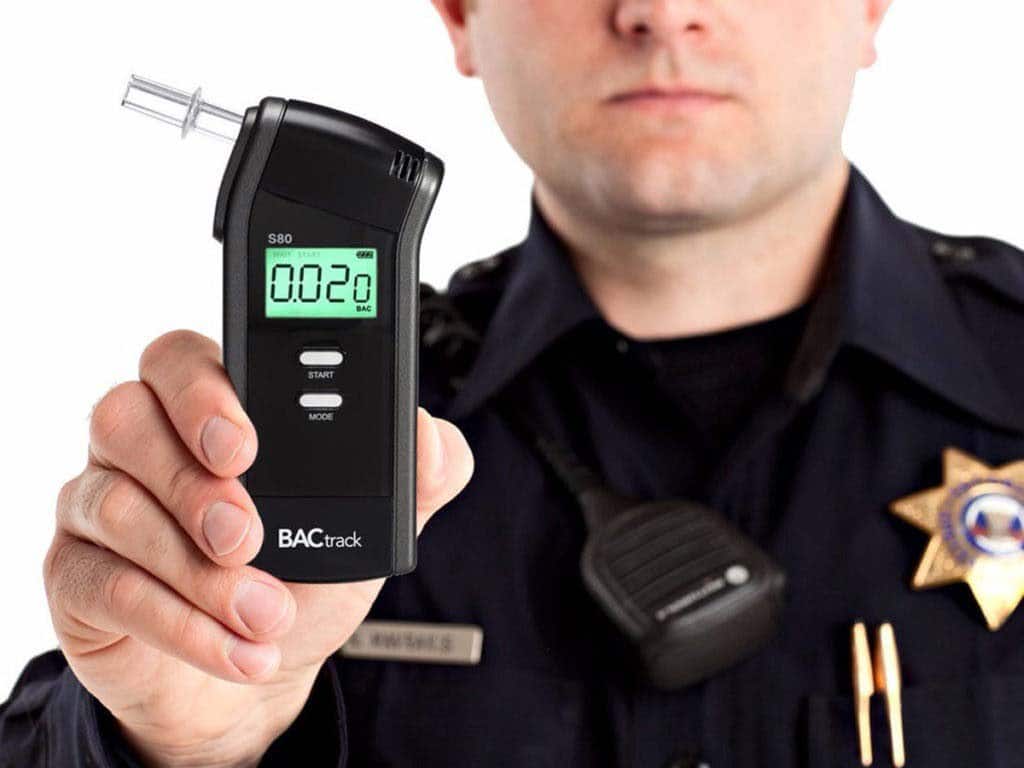
How Do Breathalyzers Work
When police officers believe you are driving impaired, they will ask you to pull over to perform sobriety tests, including blowing on a breathalyzer device. Therefore, many people ask how to pass a breathalyzer test. Police breathalyzer units use fuel cell sensor technology to measure the BAC level accurately. When the sample breath goes to the sensors, it undergoes an electrochemical process to oxidise alcohol. Then, it produces small electrical currents corresponding to the amount of alcohol in the breath and converts it into BAC. Therefore, the stronger currents are generated, the higher the BAC level. Furthermore, fuel cell breathalyzers are specific to ethyl alcohol and do not react with other substances. As a result, they are less likely to produce false positives. During a roadside screening, police officers will ensure you do not do anything to trick a breathalyzer test.
Passing a Breathalyzer Test
Knowing how to pass a breathalyzer test depends on your alcohol limit. For instance, most people have a 0.05% BAC limit. Therefore, there should be no more than 0.05g of alcohol in every 100ml of blood. However, people under a learner’s or probationary license must have zero alcohol content while driving. A minimal amount may cause your license to be revoked or suspended. Similarly, high-risk workplaces implement a zero-alcohol policy. To pass a breathalyzer test, you must stay below the alcohol limit or have zero BAC. A small amount can increase the BAC and cause impairment. Therefore, you must refrain from consuming alcohol if your alcohol limit is zero.
How to pass a breathalyzer test despite consuming alcohol? Despite the body’s rapid absorption, it can only metabolise alcohol at a fixed rate of 0.015 BAC per hour. Specifically, the body burns off alcohol at one standard drink every hour. Thus, alcohol stays longer in the system the more you intake. Subsequently, breathalyzers can detect alcohol for 12 to 24 hours from the last consumption. So, if you have a high BAC level, the chance of a breathalyzer device picking up alcohol is great. Therefore, many people use a personal breathalyzer to monitor their BAC. Alcohol testers like the BACtrack from Breathalysers Australia help moderate consumption and stay below the legal limit.
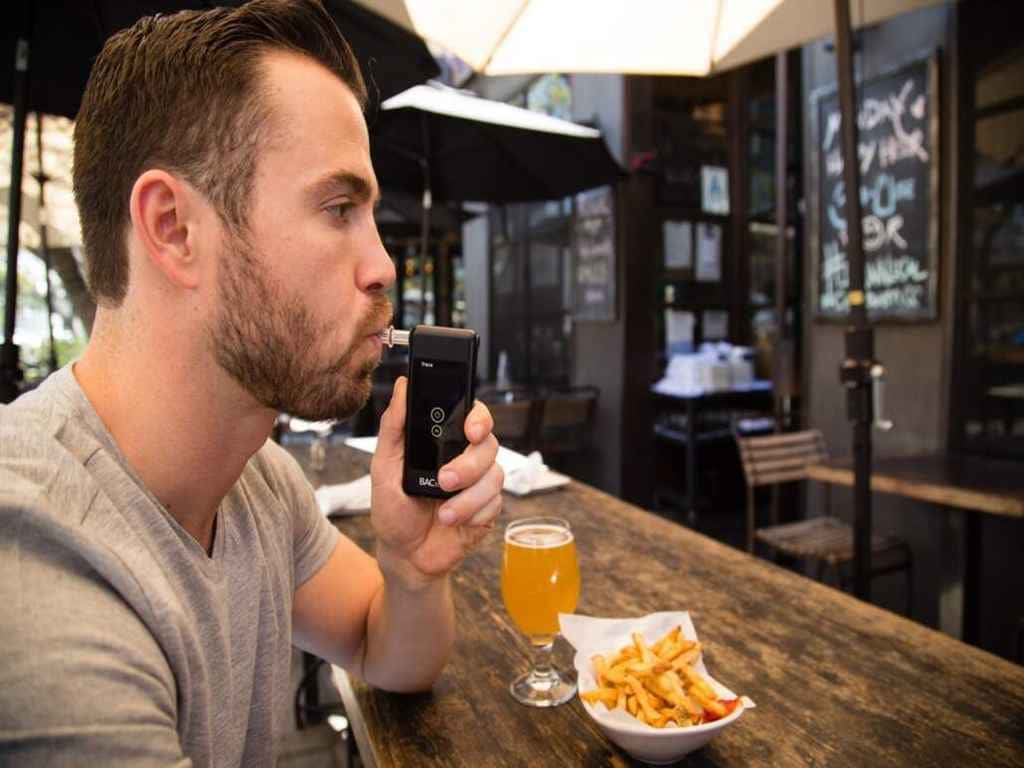
How to Pass a Breathalyzer Test: Are There Myths and Misconceptions about Breathalyzers?
Since the use of police breathalyzer units in roadside inspections, many people have attempted to beat the device using several techniques. However, is there a way how to pass a breathalyzer test? Modern breathalyzers use advanced sensing technology to perform accurate and reliable BAC readings. Additionally, fuel cell breathalyzers are not subject to external contaminants that may affect the results. Despite this, the misconceptions surrounding breathalyzers persist. The most common breathalyzer misconceptions that said to lower the BAC readings are:
- Breath fresheners, breath mints, and mouthwashes.
- Sucking on a penny or garlic.
- Eating peanut butter
- Hyperventilating or exercising before you blow
These techniques are proven false and inaccurate in numerous breathalyzer tests. Particularly, breath fresheners may mask alcohol odour, but they cannot reduce the BAC. Likewise, alcohol-based products may cause the BAC to inflate in traditional semiconductor breathalyzers. On the other hand, fuel cell sensors only react with ethanol. Therefore, the best way how to pass a breathalyzer test is to be aware of your BAC during consumption. You may check your BAC every hour with a personal device to monitor the increase of your alcohol levels. Moreover, you may space out your intake every hour to control your BAC.
The Benefits of Using a Personal Breathalyzer
Monitoring the BAC level can be challenging if you rely only on guess estimates. Many people assess their ability to drive safely based on personal evaluation, which can be unreliable. Fortunately, breathalyzers with police-grade accuracy are more accessible for personal use. Most devices at Breathalysers Australia use fuel cell sensors to measure the BAC accurately. It is the same technology police officers use in roadside screening. A reliable device like the BACtrack helps you know your precise BAC and help you make informed decisions. Furthermore, the BACtrack breathalyzers have a one-touch operation to make breath testing easier. It can process the breath sample and display the results in 10 to 15 seconds. Lastly, breathalyzers are invaluable tools for improving safety. You may ask, how to pass a breathalyzer test? The best way is to refrain from drinking and driving, or use a personal breathalyzer like BACtrack to monitor your BAC.















